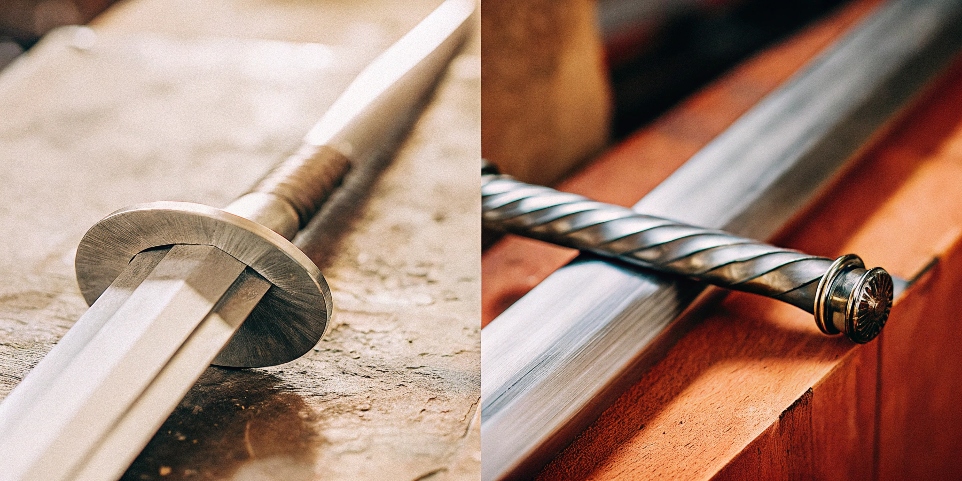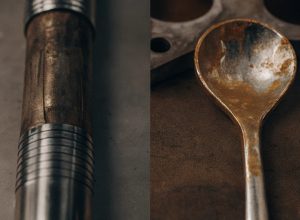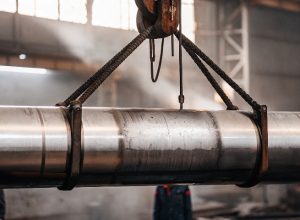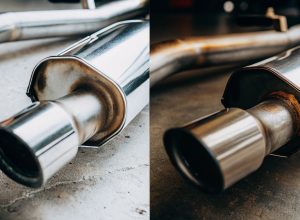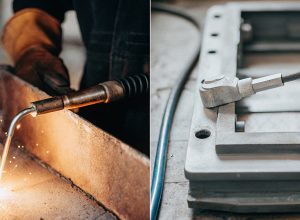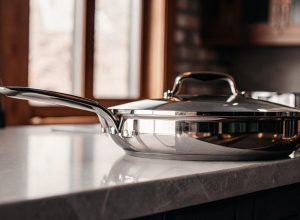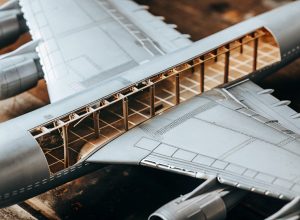Are you wondering if that futuristic metal from airplanes could make the ultimate sword? The idea sounds powerful, but the reality for sword-making is much more complex and surprising.
Titanium is a poor choice for a sword blade. While it is strong, lightweight, and tough, it lacks the hardness required to take and hold a sharp edge. High-carbon steel remains far superior for creating a durable, battle-ready blade that can actually cut effectively.
I’ve spent years in Baoji, China’s Titanium Valley, developing high-performance titanium alloys. I work with people like Lisa, a product manager who needs clear, reliable facts. She can’t afford to recommend the wrong material for a critical piece of equipment. The same logic applies to swords. While titanium seems like a wonder material, its true strengths lie elsewhere. Understanding why it fails as a sword blade reveals fundamental truths about material science. This knowledge is key to making the right choice for any high-performance application, not just ancient weapons. Let’s explore why the old ways are sometimes the best ways.
What is the best metal for a sword?
Choosing the right metal for a sword can feel overwhelming. A wrong choice leads to a blade that either breaks or won’t cut, a complete failure.
The best and most historically proven metals for swords are high-carbon steels. Specific grades like the 10xx series1 (e.g., 1075, 1095) or spring steels2 like 5160 offer the perfect balance of hardness for edge retention3 and toughness4 to prevent shattering on impact.
In my work, we focus on achieving specific properties in metals for industrial use. The principles are the same for sword making. Swords need to do two things very well: hold a sharp edge and bend without breaking. High-carbon steel is unique because you can manipulate its internal structure through heat treatment. This process, involving careful heating and cooling (quenching and tempering5), creates a blade that is incredibly hard at the edge but remains flexible and tough in its core. I’ve seen this firsthand; even leading sword makers like Albion Swords still choose traditional high-carbon steels over modern exotic alloys. They do this because nothing else provides that essential combination of properties as effectively and reliably.
Looking for High-Quality Titanium Forgings?
Our titanium forgings are ideal for various industries including aerospace and medical applications. Explore our range of products designed to meet the most demanding standards.
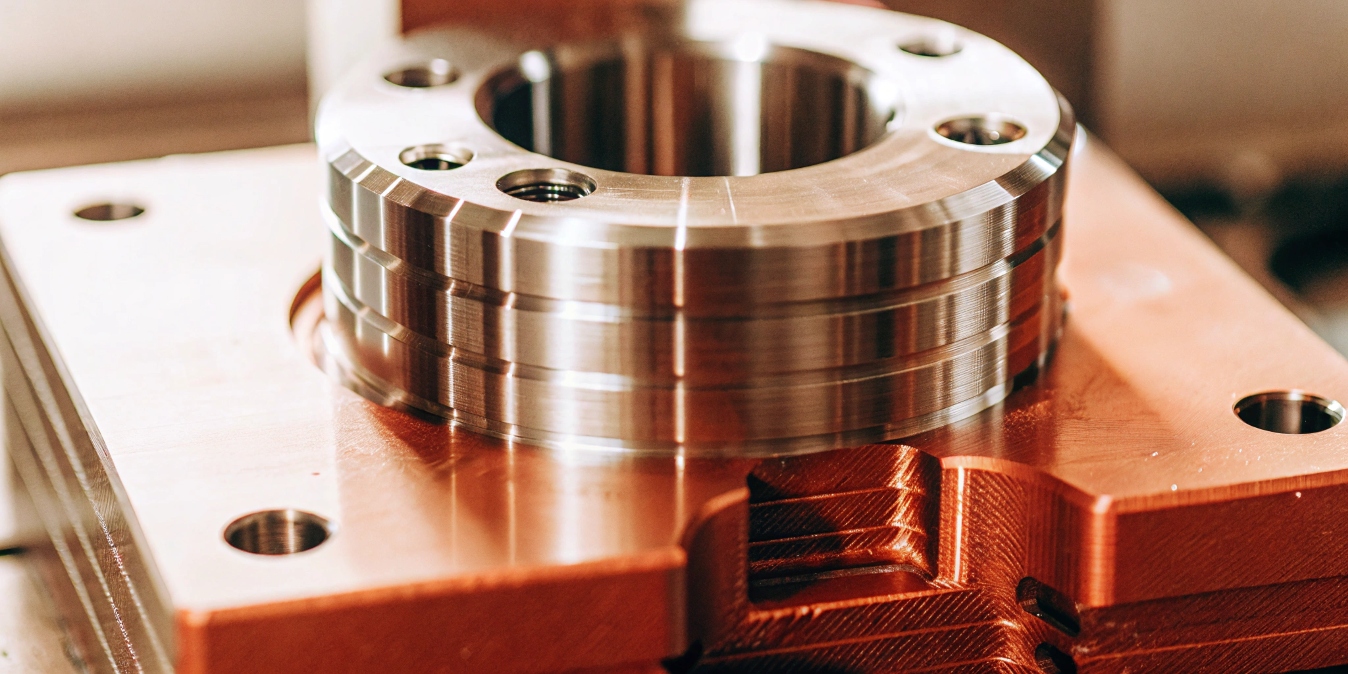
Here is a simple breakdown to help you understand the trade-offs:
| Material | Hardness (Edge) | Toughness (Flex) | Corrosion Resistance |
|---|---|---|---|
| High-Carbon Steel | Excellent | Very Good | Poor |
| Stainless Steel | Good | Good | Excellent |
| Titanium Alloy | Poor | Excellent | Excellent |
As you can see, steel is the only material that excels in both hardness and toughness, which are the most critical factors for a functional sword.
Why isn’t titanium used for knife blades?
Titanium is famous for its incredible strength and light weight. It seems logical to make a knife from it, but there’s a problem that makes it a poor choice.
Titanium isn’t used for knife blades because it is too soft to hold a sharp edge. The metal’s structure lacks the carbon needed to form hard carbides during heat treatment, which is what gives steel its exceptional edge retention and cutting ability.
I often explain this to product managers like Lisa. She might see "titanium" and think it’s the best option for durability. But for a cutting tool, hardness is king. Let me break it down further.
The Role of Hardness vs. Toughness
Hardness is a material’s ability to resist being scratched or dented. It’s what allows a blade to be sharpened to a fine point and to stay sharp through use. Toughness, on the other hand, is the ability to absorb impact without fracturing. A ceramic plate6 is very hard but not tough—it shatters when you drop it. A rubber mallet is very tough but not hard. A good blade needs both. Titanium is exceptionally tough, which is great, but its hardness is similar to soft steel. You can sharpen it, but the edge will roll over or dull almost immediately upon cutting anything firm.
Where Titanium Works on a Knife
Because of this, you won’t find titanium used for the blade itself. However, its other properties make it perfect for other parts of a knife. Its light weight and corrosion resistance make it an excellent material for knife handles, pocket clips, and liner locks. It provides structural strength without adding much weight.
Does titanium make good weapons, and would it make a good blade?
People hear "aerospace-grade titanium" and imagine unbreakable weapons. But using this metal for the wrong purpose is a critical error. The key is understanding its specific strengths.
Titanium makes excellent structural components for modern weapons, like armor plates or frames, due to its high toughness and low weight. It makes a very poor blade for a sword or knife because its low hardness prevents it from holding a sharp cutting edge.
From my experience supplying military-grade materials, I can tell you that titanium is highly valued, just not for cutting. A weapon is a tool, and you must choose the right material for the specific job. For a sword, the job is cutting. For armor, the job is stopping a projectile. Titanium excels at the second task. It can absorb a huge amount of energy without shattering, making it ideal for protecting soldiers and vehicles. Its low density means this protection comes at a much lower weight than steel armor.
However, if you tried to make a sword from it, the blade would be frustratingly dull. It might work as a blunt impact weapon, like a club or mace, because of its toughness. But even then, its high cost makes hardened steel a more practical and effective choice. When a client asks for a "titanium weapon," the first thing we clarify is what part they mean. This focus on function is critical.
Here’s a clear comparison of where titanium fits in weaponry:
| Weapon Component | Titanium Suitability | Key Reason | Practical Alternative |
|---|---|---|---|
| Sword/Knife Blade | Poor | Low hardness, cannot hold an edge | High-Carbon Steel |
| Armor Plate | Excellent | High toughness, great strength-to-weight | Hardened Steel, Ceramics |
| Weapon Frame/Handle | Excellent | Lightweight, strong, corrosion-resistant | Aluminum, Polymers |
| Mace/Hammer Head | Possible | High toughness, but very costly | Hardened Steel |
This table shows that titanium is a specialized material. It’s a game-changer in aerospace and defense applications where toughness and light weight are critical, but it simply can’t compete with steel for a sharp blade.
Conclusion
Titanium’s reputation is well-earned for its strength and light weight in aerospace and armor. However, for a sword blade, traditional high-carbon steel remains the undefeated champion, offering essential hardness.
-
Understand the significance of the 10xx series in sword-making and its advantages. ↩
-
Discover the role of spring steels in creating durable and effective sword blades. ↩
-
Learn about edge retention and its significance in maintaining a sword’s cutting ability. ↩
-
Understand the importance of toughness in sword-making and how it affects performance. ↩
-
Explore the critical processes of quenching and tempering that affect sword performance. ↩
-
Learn how ceramic plates differ from metals in hardness and toughness. ↩

